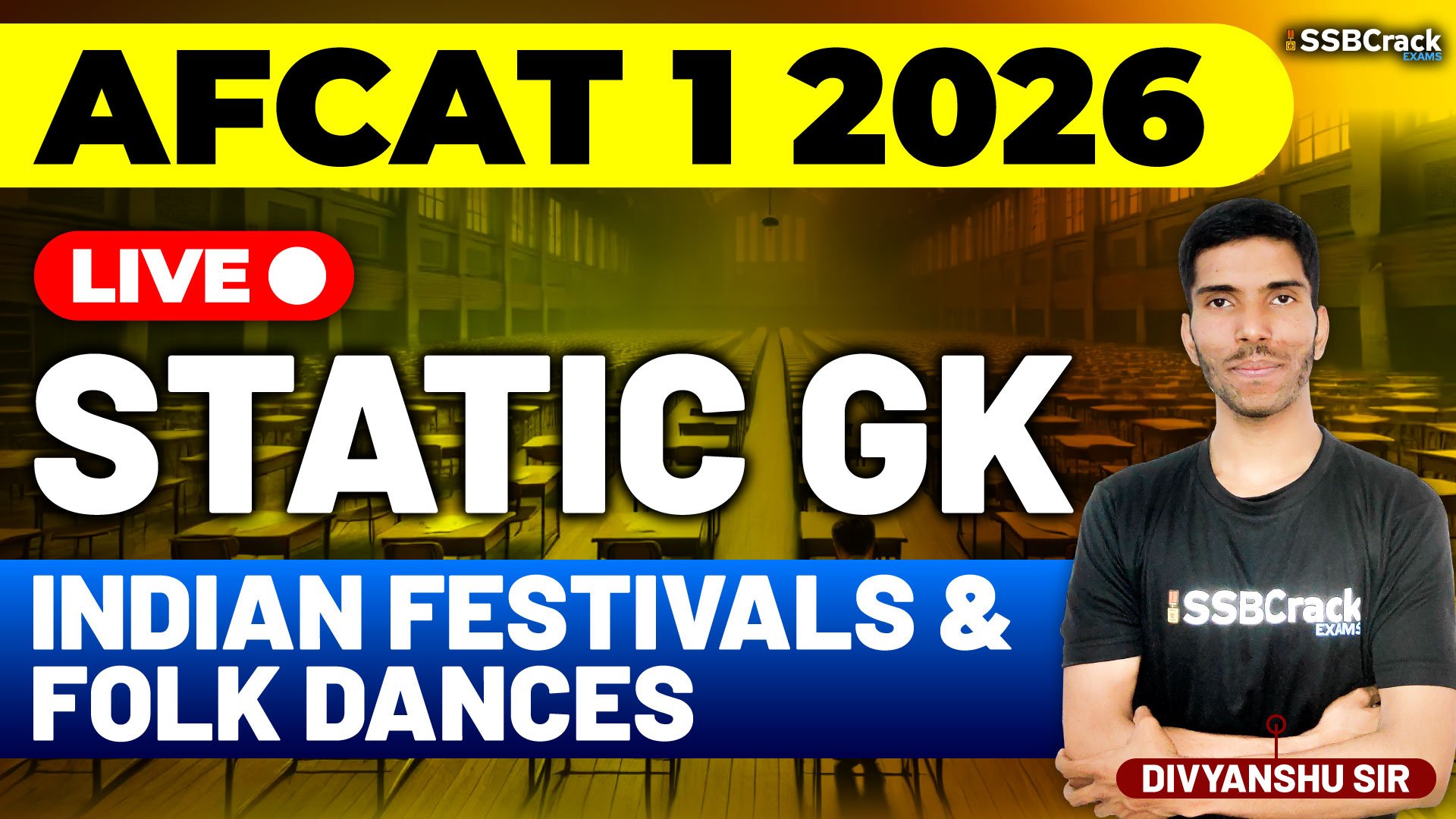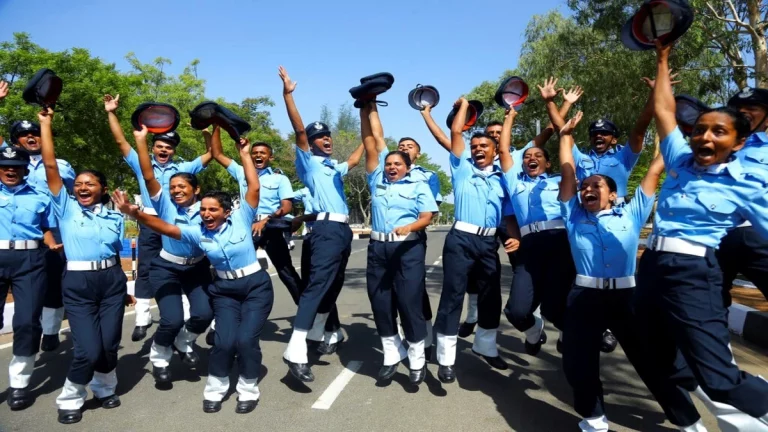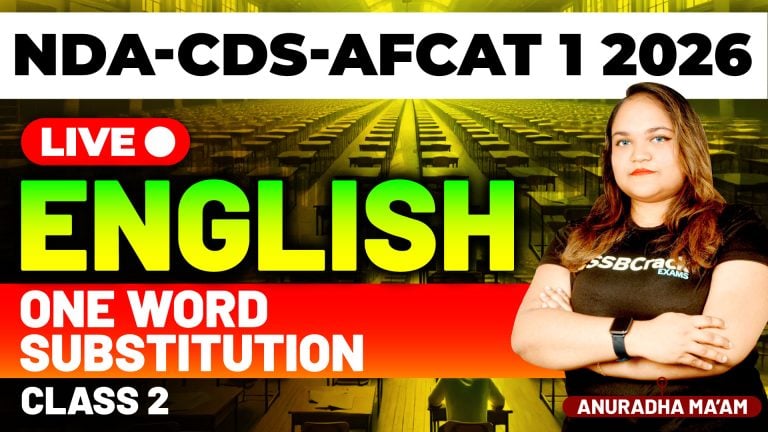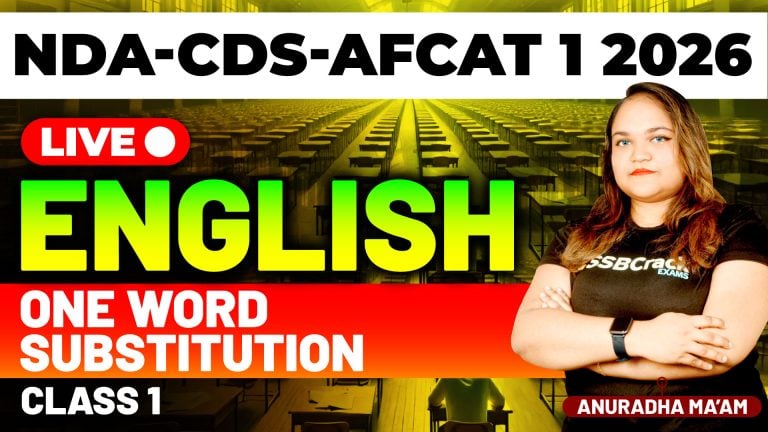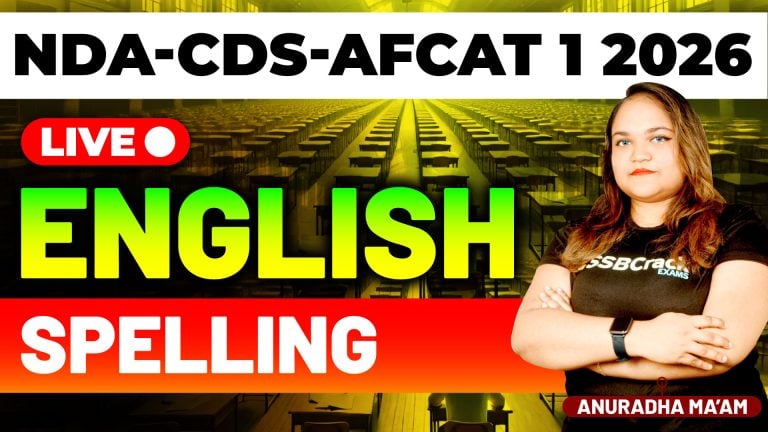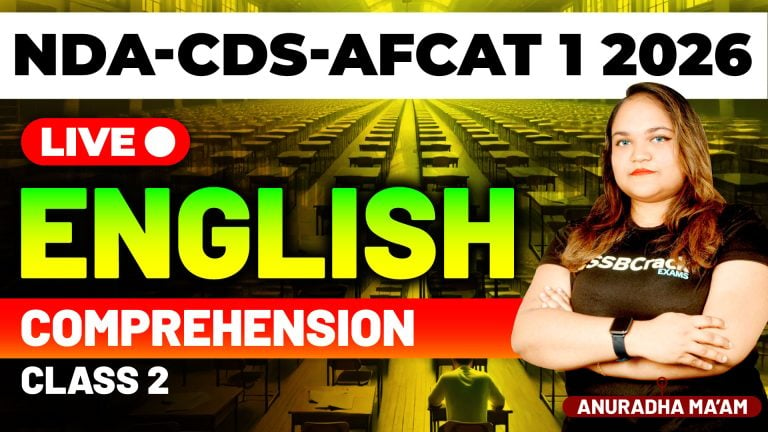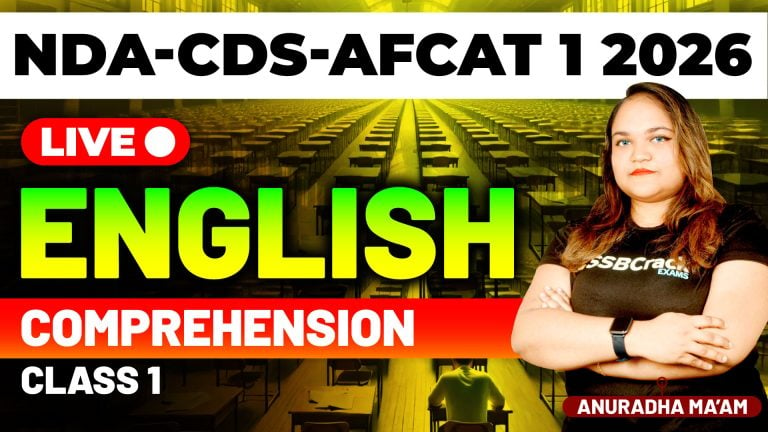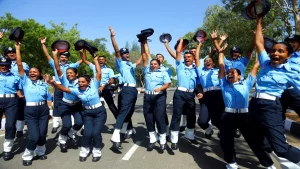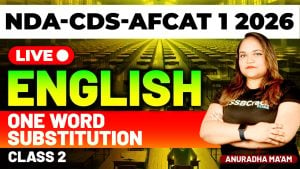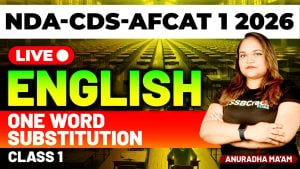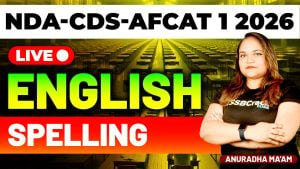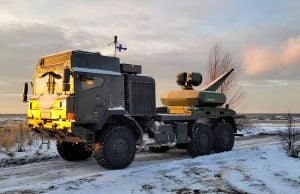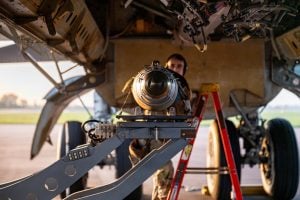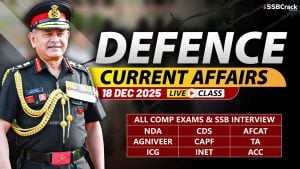India is a land of rich cultural diversity, where every state and region celebrates its own festivals and traditions with enthusiasm and pride. These festivals and folk dances reflect India’s unity in diversity and the vibrant heritage that binds its people together. For the AFCAT 1 2026 Exam, questions related to Indian festivals and folk dances are frequently asked under the Static General Knowledge section. Hence, understanding the key festivals and folk dances of India is essential for aspirants.
AFCAT 1 2026 Exam Static GK – Indian Festivals & Folk Dances
Major Indian Festivals
Festivals in India can broadly be categorized into religious, seasonal, and national festivals. Each festival has a historical, mythological, or cultural significance. Below is a list of major festivals celebrated across India:
| Festival | State/Region | Significance |
|---|---|---|
| Diwali | Celebrated all over India | Festival of lights; marks the return of Lord Rama to Ayodhya after 14 years of exile. |
| Holi | North India (especially Uttar Pradesh, Bihar, MP) | Festival of colors; celebrates the victory of good over evil. |
| Dussehra (Vijayadashami) | Pan-India | Symbolizes Lord Rama’s victory over Ravana. |
| Durga Puja | West Bengal, Assam, Odisha | Worship of Goddess Durga; marks her victory over Mahishasura. |
| Ganesh Chaturthi | Maharashtra, Goa, Karnataka | Birth anniversary of Lord Ganesha. |
| Navratri | Gujarat, Maharashtra, North India | Nine nights of devotion to Goddess Durga. |
| Onam | Kerala | Harvest festival commemorating King Mahabali’s return. |
| Pongal | Tamil Nadu | Tamil harvest festival dedicated to the Sun God. |
| Baisakhi | Punjab | Marks the harvest of Rabi crops; significant for Sikhs. |
| Lohri | Punjab, Haryana | Harvest festival marking the end of winter. |
| Makar Sankranti | All over India | Celebrates the transition of the sun into Capricorn; kite festivals are common. |
| Eid-ul-Fitr | Nationwide (Muslim community) | Marks the end of Ramadan, a month of fasting. |
| Christmas | Nationwide (Christian community) | Celebrates the birth of Jesus Christ. |
| Bihu | Assam | Assamese New Year and harvest festival. |
| Chhath Puja | Bihar, UP, Jharkhand | Worship of the Sun God and Chhathi Maiya. |
| Mahavir Jayanti | Jain community | Birth anniversary of Lord Mahavira. |
| Buddha Purnima | Nationwide | Celebrates the birth of Lord Buddha. |
| Rath Yatra | Odisha (Puri) | Annual chariot festival of Lord Jagannath. |
| Hornbill Festival | Nagaland | Showcases Naga culture and heritage. |
| Losar | Ladakh, Sikkim, Arunachal Pradesh | Tibetan New Year celebrated with Buddhist traditions. |
Important Folk Dances of India
India’s folk dances are an artistic expression of the people, depicting stories of everyday life, harvests, seasons, and devotion. These dances vary from region to region and are an integral part of local festivals.
| Folk Dance | State/Region | Key Features |
|---|---|---|
| Bhangra | Punjab | Energetic dance performed during Baisakhi and harvest season. |
| Ghoomar | Rajasthan | Graceful dance performed by women wearing traditional attire. |
| Garba | Gujarat | Circular dance performed during Navratri in honor of Goddess Durga. |
| Dandiya Raas | Gujarat | Dance with sticks symbolizing the fight between Goddess Durga and Mahishasura. |
| Lavani | Maharashtra | Performed by women, known for its powerful rhythm and expressions. |
| Yakshagana | Karnataka | Folk theatre combining dance, music, and dialogue based on mythological stories. |
| Bihu Dance | Assam | Performed during Bihu festival, symbolizing joy and prosperity. |
| Kathakali | Kerala | Classical dance-drama known for its elaborate costumes and expressions. |
| Chhau | Odisha, Jharkhand, West Bengal | Martial dance form depicting mythological tales. |
| Giddha | Punjab | Female counterpart of Bhangra, performed by women. |
| Rouf | Jammu & Kashmir | Performed by women during Eid and other festive occasions. |
| Singhi Chham | Sikkim | Performed during Losar festival, represents the mythical snow lion. |
| Bharat Natyam | Tamil Nadu | Classical dance often performed during temple festivals. |
| Kummi & Kolattam | Tamil Nadu | Traditional dances performed by women in groups. |
| Dollu Kunitha | Karnataka | Drum dance performed by men, symbolizing devotion and valor. |
| Kalbelia | Rajasthan | Performed by the Kalbelia community, known as the ‘snake charmers’ dance. |
| Sambalpuri Dance | Odisha | Folk dance showcasing the vibrant culture of western Odisha. |
| Cheraw | Mizoram | Known as the bamboo dance; performed with rhythmic bamboo clapping. |
| Hojagiri | Tripura | Performed by the Reang tribal women balancing objects on their heads. |
Exam-Relevant Pointers for AFCAT Aspirants
- Static GK questions in AFCAT often focus on matching states with their respective festivals or folk dances.
- Questions may also test the origin, cultural significance, or performers of a particular dance.
- Focus more on regional festivals (like Onam, Hornbill Festival, Losar) and unique tribal dances (like Chhau, Hojagiri, Singhi Chham).
- Revise festivals associated with harvests, religions, and national pride (e.g., Baisakhi, Dussehra, Republic Day).
Conclusion
Understanding India’s festivals and folk dances helps AFCAT aspirants appreciate the country’s vast cultural heritage and prepares them for Static GK questions that frequently appear in the exam. Remembering which state celebrates which festival or performs which dance can be a scoring area in the General Awareness section of the AFCAT 1 2026 Exam.
